Seventeen species, including two birds, two fish, several reptiles and the Lord Howe earthworm, have been added to Australia’s list of threatened species.
The sooty shearwater, known for its long-distance journeys, has been listed as vulnerable, while the red-tailed tropicbird, which breeds on Christmas Island, has been listed as endangered.
The Lord Howe earthworm, Daintree rainbowfish, Moroka galaxias and seven reptiles, including the Jardine River turtle, Mitchell’s water monitor and northern blue-tongued skink, entered the list at critically endangered – the most urgent threat category.
A further four reptiles and one fish were listed in the endangered category and one bird, the Mallee whipbird, was moved up from vulnerable to endangered.
The Australian Conservation Foundation nature campaigner Peta Bulling said the list was “a poignant reminder that governments and businesses are not doing enough to protect Australia’s reptiles”.
“Australia is home to more than 10% of the world’s total reptile species. With 93% of our reptiles found nowhere else on Earth, it’s critical we protect our unique scaly wildlife,” she said.
“As conservation efforts often focus on the ‘cute and cuddlies’, it’s easy to forget about the unique reptiles that call our big back yard home.”

Bulling noted that the Daintree rainbowfish was not described by western science until 2018 and was already listed as critically endangered.
She said many of the new threatened species were found in tropical north Queensland, which was being hit by climate-exacerbated extreme weather events.
“[The] environment minister, Tanya Plibersek, has set a worthy target of no more extinctions,” she said.
“To stop more Australian wildlife from heading to extinction, the government must urgently strengthen our national environment law and adequately fund threatened species recovery.”
Plibersek is working on overhauling Australia’s environmental laws, with legislation expected to be introduced to the parliament next year.
She said eight of the new listings, including the rainbowfish, the Cape Melville leaf-tailed gecko and the Jardine River turtle, were threatened by illegal wildlife trade.
At a media conference at Taronga Zoo in Sydney on Thursday, Plibersek said the federal and New South Wales governments had boosted efforts to combat the trade more rapidly and effectively, while also better caring for the species affected by it.
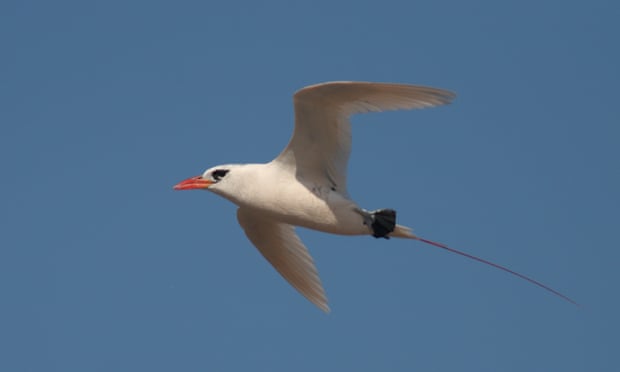
Plibersek said teams had been established in Sydney and Melbourne to work with the Taronga Conservation Society and security screening company Rapiscan Systems to use emerging technology to detect and care for smuggled wildlife.
“Illegal trafficking and wildlife crime is fast becoming a threat for many of our species that are already at risk of extinction,” she said.
“In fact, a single poaching event could drive the critically endangered Cape Melville leaf-tailed gecko to extinction in the wild.
“We have to stamp out this terrible trade, which sees our native animals captured in the Aussie outback, bound and gagged, and sent overseas to be sold.”
Additional bird species are expected to be added to the list, or have their conservation status upgraded, in coming days. Three bird species are also expected to have their conservation status downgraded.
This article by Lisa Cox was first published by The Guardian on 22 December 2023. Lead Image: Mitchell’s water monitor, which has been deemed critically endangered, is among 17 species to be added to Australia’s threatened wildlife list. Photograph: Auscape/UIG/Getty Images.
What you can do
Help to save wildlife by donating as little as $1 – It only takes a minute.
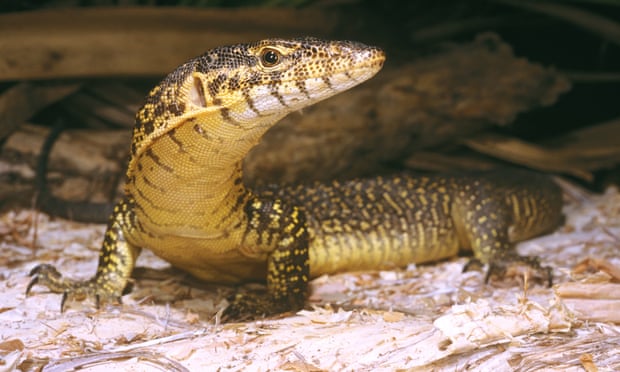
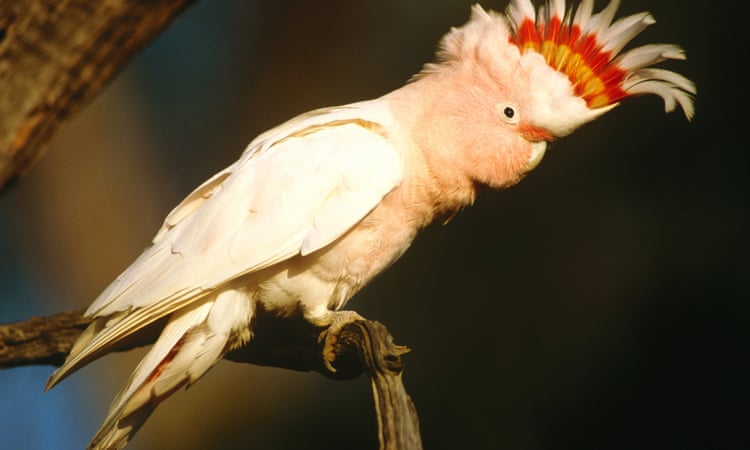
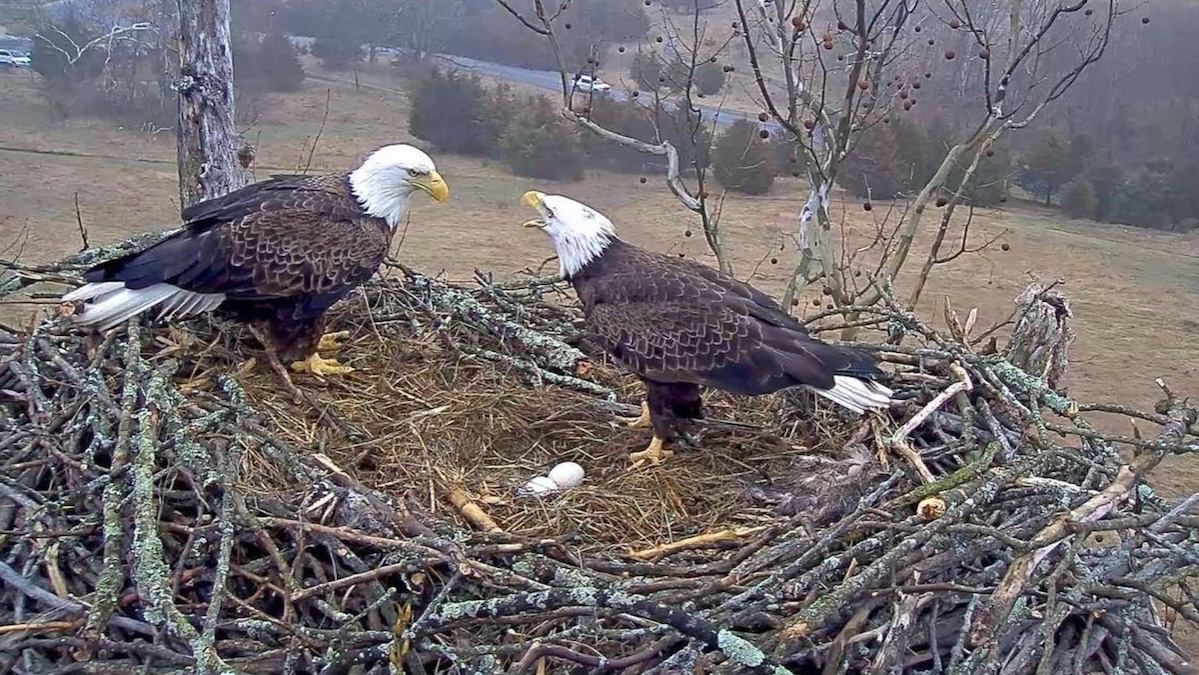


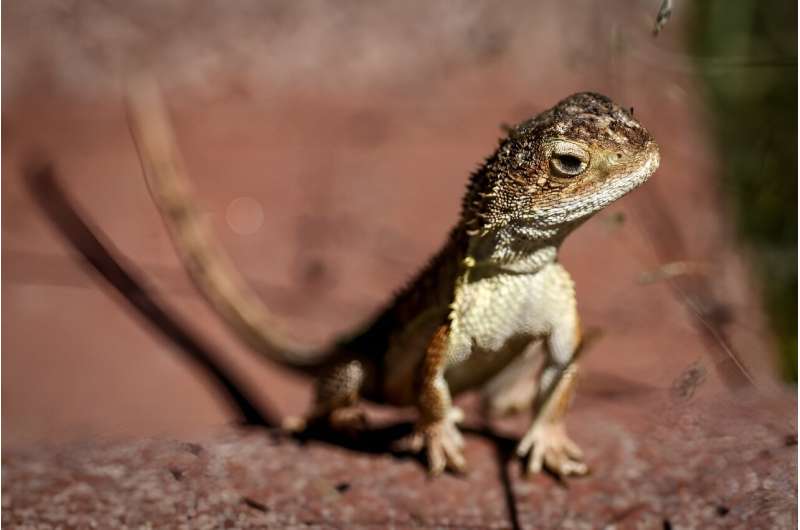
Leave a Reply